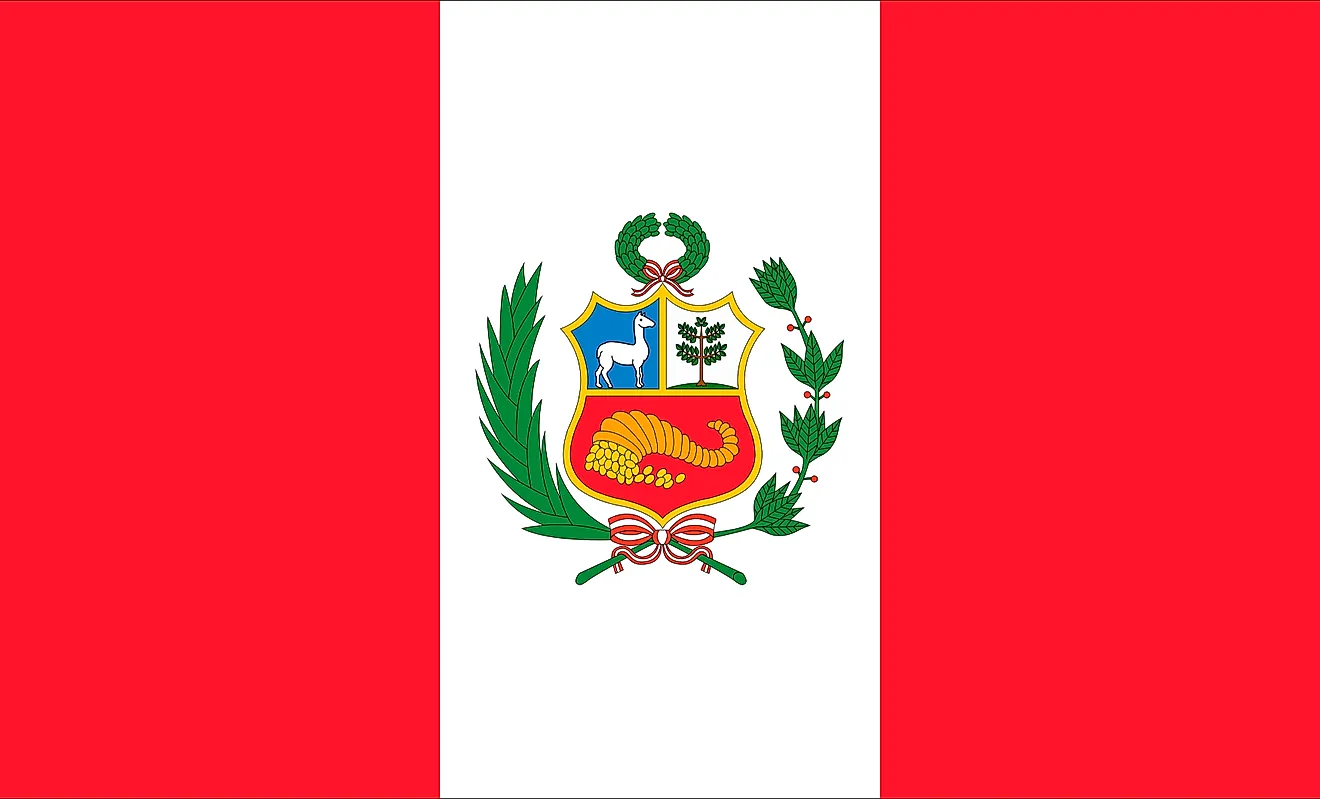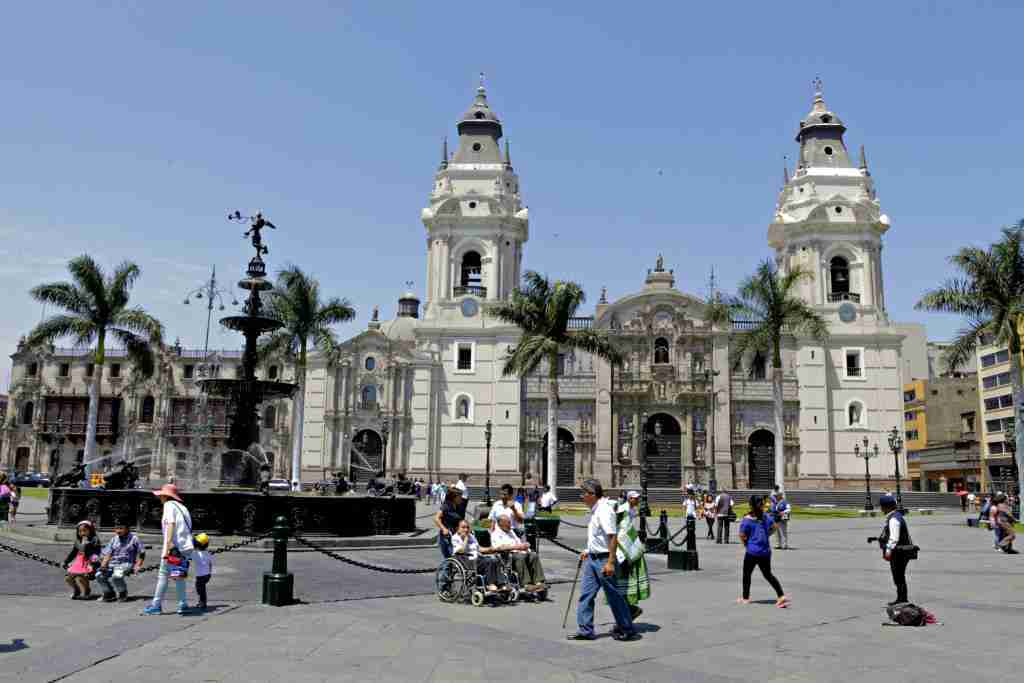
In Peru there is a large amount of mineral resources. Some of these resources are iron, copper, lead, zinc, phosphates, bismuth, and manganese. Each of these minerals exist in high quantities with high-yield ores. Amongst all rare metals, gold and silver are found extensively throughout the entire country. Petroleum fields can easily be found in the far North Coast and towards the Northeastern part of the Amazon. In spite of Peru's potential mineral wealth, near the 20th century there was not any exploitation due to world price fluctuating, an absence of transportation facilities, a reduction in foreign investment, a decline in processing of plants, and many limitations coming from the centralized state mining administration. When Peru was discovered, at first glance it may have not looked that appealing due to tectonic activity, and sporadic but destructive floods, but it's advantages outweigh the negatives. Peru is home to one of the world’s richest marine ecosystems, and throughout the country there are advanced river systems, and irrigation agriculture opportunities. In 1532, Francisco Pizarro and his Spanish conquistadors arrived in Peru, conquering and re-founding Cusco as a Spanish colonial town in 1534. The settlers chose Peru because of Its immense amount of precious metals, natural gas, and oil. This was mainly through environmental determinism, but possibilism was also involved.















.jpg)
.jpg)
.jpg)

